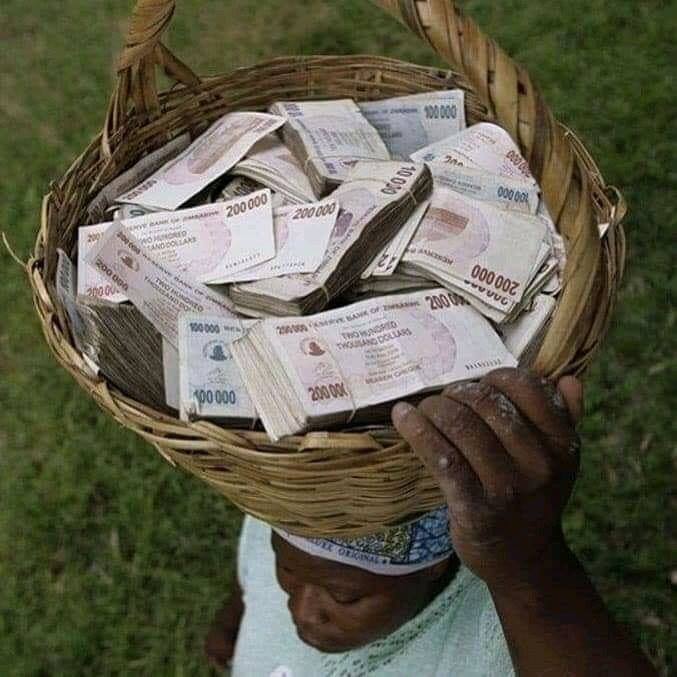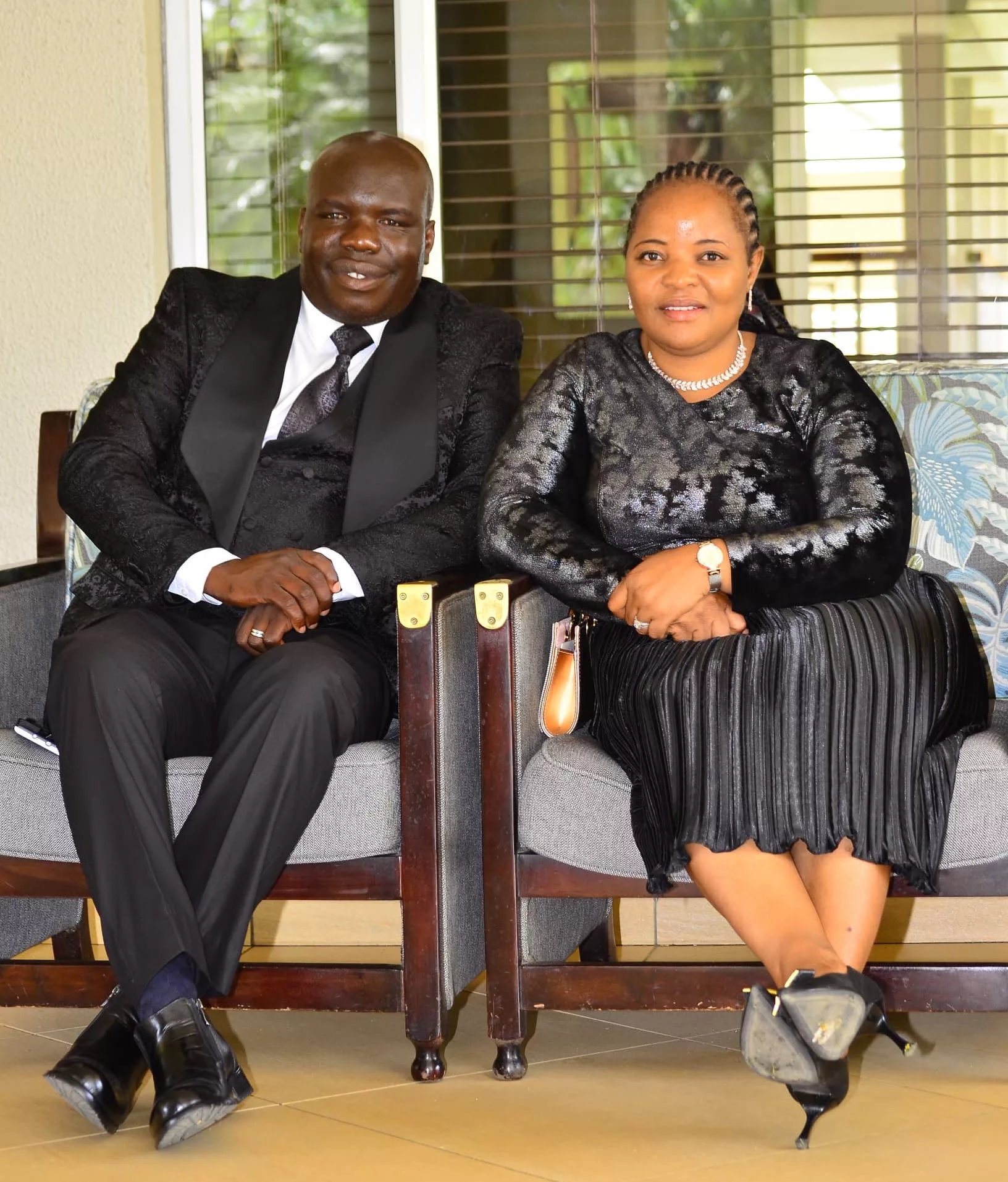By Alex Magaisa
The most significant news from Zimbabwe today is the dramatic return of the Zimbabwe dollar. Zimbabweans woke up to the news of a legal instrument, Statutory Instrument 142 of 2019, which reintroduces the Zimbabwe dollar and ends the multi-currency regime. The purpose of this note is not to assess the legality of SI142/19 but merely to explain the legal and practical implications of its provisions. There are important questions over its legality and the document looks hurried, as if it was cobbled up in a state of panic. But that we have a new currency is now the de facto position and I assess the implications from that perspective.
The return of the Zimbabwe dollar is important because it became moribund in 2009 after taking a severe battering from record-breaking hyperinflation. The government surrendered to the market which had already adopted the US dollar, South African rand and other foreign currencies. The Zimbabwe dollar did not die because of a government declaration but because the market no longer had faith in it as a currency. Will a government declaration of its return as legal tender convince the market to have faith in it? It’s a long shot but this is the challenge that the government has to overcome. After all, trust is a critical element of money. And trust in the political authority issuing that money is fundamental.
In 2015 the government demonetised the old Zimbabwe dollar. The government was simply reading the last rites of a currency that the market had long forgotten. By demonetisation the government withdrawing the legal status of the currency. The legal significance of SI142/19 is that it an attempt to bring the Zimbabwe dollar out of retirement.
In this regard, SI142/19 could not be clearer, as stated in section 2(2): “Accordingly, the Zimbabwe dollar shall, with effect from 24th June 2019, but subject to section 3, be the sole legal tender in Zimbabwe in all transactions”. For practical purposes, prices of goods and services will be quoted in Zimbabwe dollars. To restate the point, the Zimbabwe dollar has returned. Whether its fortunes will be better in this life than in the previous is a question to be determined by the market.
But what is “the Zimbabwe dollar”?
The answer to this question is to be found in section 2(3) of the SI142/19. The overall effect of this provision is that bond notes and RTGS form the core of the new Zimbabwe dollar. This is what is meant by the provision which states that the references to the Zimbabwe dollar are “coterminous” with references to bond notes and RTGS. This shared scope if confirmed by the provision which fixes the value of RTGS and bond notes on equal terms with the new the Zimbabwe dollar.
Effectively, these surrogate currencies are the Zimbabwe dollar. What has happened is a change of name. What has hitherto been referred to as RTGS and bond notes shall henceforth be called Zimbabwe dollar. One can presumably expect new notes to be printed which will bear the Zimbabwe dollar brand as the current bond notes are retired.
Branding
This brings the question whether from a branding perspective it was wise to use the name of a currency that fell into disuse on account of its worthlessness. The name “Zimbabwe dollar” itself conjures up frightening and uncomfortable nightmares for many Zimbabweans. Foreigners trust it even less. One would have expected the government to at least make some effort to be creative when making such a fundamental step.
In terms of value against foreign currencies, the new Zimbabwe dollar starts in a precarious position, with the RTGS and bond note in free-fall in recent weeks. Can it stem the tide or will it get worse? The market will determine.
Banning Foreign Currencies
The other significant effect of SI 142 or 2019 is that it brings to an end the multi-currency regime and bans the use of foreign currencies in local transactions. To that extent, this is indeed the end of an era as, since 2009, Zimbabwe has been using a multi-currency regime.
Section 2(1) specifically outlaws the USD and other foreign currencies as legal tender in Zimbabwe.
Will the market obey this command? Does the government have the capacity to enforce the ban? This was the same before 2009 but the market simply ignored the law and decided to adopt foreign currencies. The government had no choice but to follow the market. Will it be any different this time around?
One serious probability is that the ban of foreign currencies will only make them significantly more valuable, pushing trade in foreign currencies further into the black market. As they become scarce and as trade in foreign currencies carries more legal risk, so will their price. If the market decides that the Zimbabwe dollar is bad money, by Gresham’s Law, it will drive out the good money, making it scarcer, more valuable and therefore more expensive to access. This exacerbates the problems Zimbabwe is facing. It won’t help the new Zimbabwe dollar. It could be a short and painful resurrection.
Exceptions
There are some exceptions to the general rule banning the use of foreign currency:
Foreign Currency Accounts
The first is that Foreign Currency Accounts are still permitted. So a person who has USDs can still open a bank account for foreign currency. They can also still make foreign payments from such accounts. The mention of foreign payments by implication excludes local payments from such accounts.
Will FCAs be safe havens for foreign currency holders? Probably. So far, the government has held its promise not to raid these accounts. But some still have nightmares of 2007 when the government raised similar accounts.
Taxes
The second is that certain taxes will still be payable in foreign currency. This refers to customs duty and value-added tax on imported luxury goods. If for example one buys a luxury car, then they would have to pay duty in foreign currency. The government is looking after its interests. It is desperate for foreign currency. The hypocrisy is that the same rules on luxury goods do not apply to political elites. That’s why an MP can import a Lamborghini and not pay a single penny in duty. The laws are rigged in favour of political elites. If there was a symbolic change the government could make, it is on such facilities which favour political elites.
International air travel
A third exception is for airline tickets or international travel. If one wants to travel to Dubai, the airline can charge in foreign currency without violating the law. This is a response to foreign airline service providers who would not be comfortable with the new Zimbabwe dollar. However, this sounds like admission in advance by the government of the inherent weakness of the Zimbabwe dollar. One way is to look at it as pragmatic, but another is that it’s a show of lack of confidence in the new local currency.
Conclusion
Overall, SI142/19 announced the return of a fully-fledged local currency – the Zimbabwe dollar. There have been a few statements in recent weeks to that effect, the latest of which put the timeline at 9 months. It’s now clear that this was a decoy. The government gave the impression that it was a long way off. In that way, it managed to ambush the market. Nevertheless, insiders would have used the inside information to protect their positions. Indeed, they might even make significant profits from this situation.
The other question is how will the market react to the ambush? This is a huge gamble and it’s sink or swim for Zimbabwe. If the gamble doesn’t work and the Zimbabwe dollar suffers a similar fate to its predecessor the consequences will be unimaginable. The government will have run out of options. This was one of the final cards. They have thrown it in. Let’s see how the market responds.






